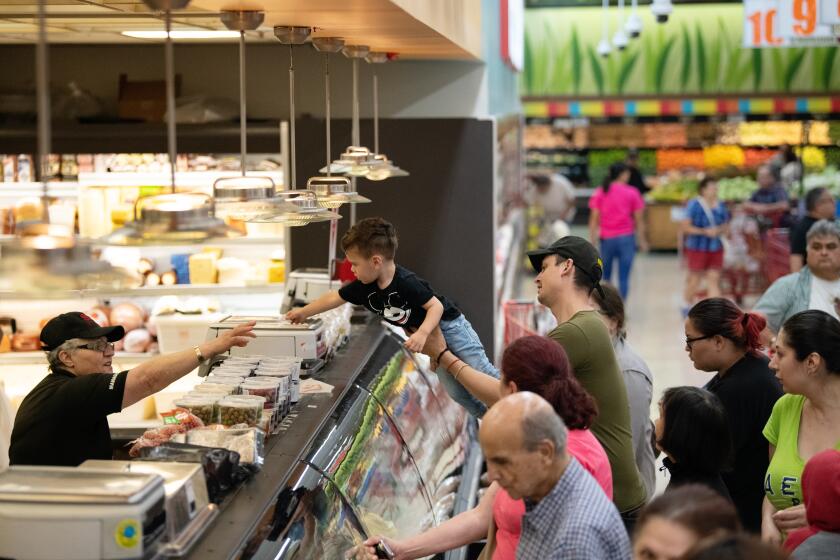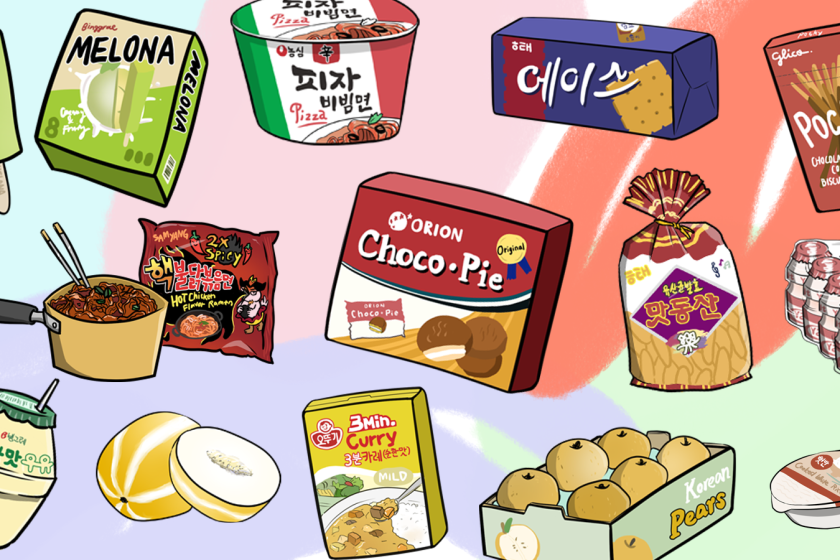How Darrell Corti became a tastemaker in California food and wine
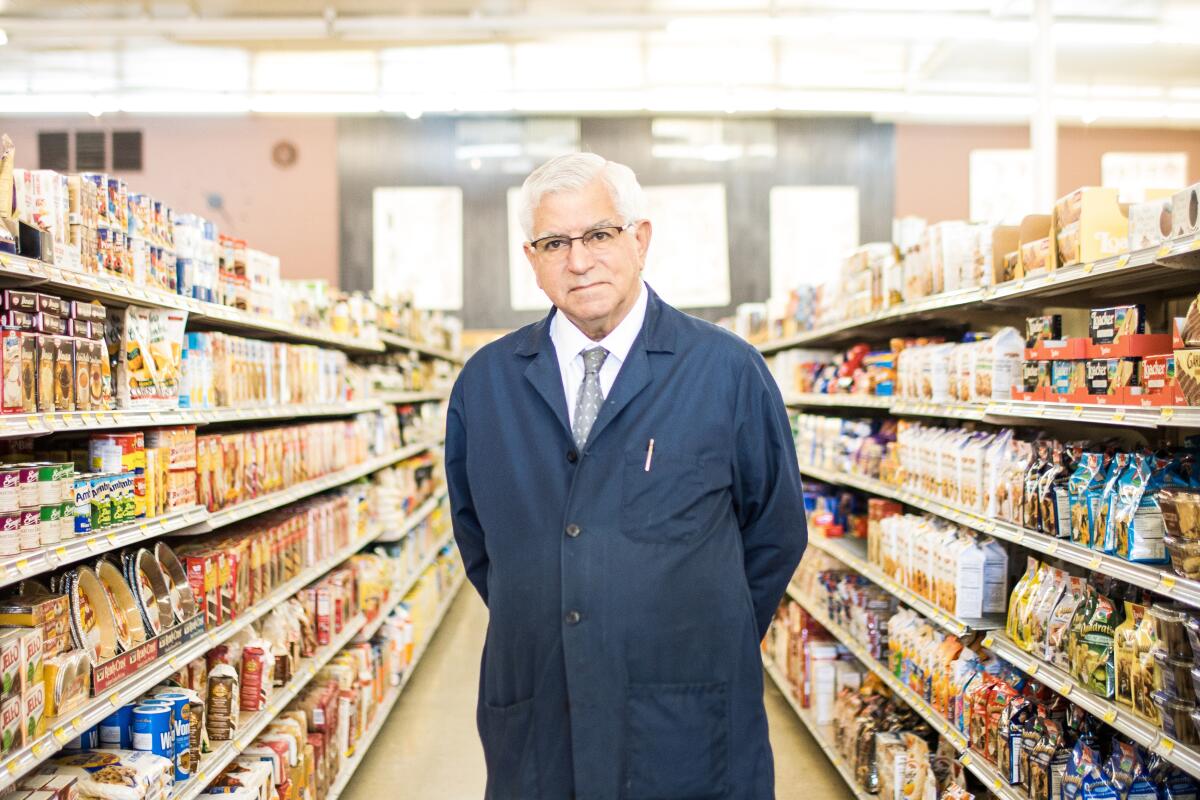
- Share via
SACRAMENTO — Ask Darrell Corti to give you a tour of Corti Brothers market, and he may turn around to peer over the store he has helped run for 55 years, then shrug. His gaze sweeps over speckled linoleum floors and ceilings striped with fluorescent tubes. A deli ringed with customers waiting for sandwiches. A full butcher case, with actual butchers. A questionably tiny produce section. “It’s just a market,” he says, half apology, half reprimand.
There’s a self-aware preposterousness, as well as a hidden joke, in his dismissal: The 77-year-old’s impact on California food and wine is as far-flung as it is unheralded.
“He’s one of those people whose importance is far greater than the name recognition,” says Colman Andrews, the writer who co-founded Saveur magazine and first met Corti in Los Angeles in the 1970s.
Handsome, with luxurious white hair and a square jaw, Corti shows up at work wearing the same outfit he did in the 1970s: a long blue grocer’s smock over a collared shirt and slim dark tie. Eye contact, for him, only marks the exclamation points in his speech. His smile is a subtle variation of his baseline frown. He shares his knowledge with thousands of people who come to Corti Brothers from all over but hates talking in public. Even his fans and coworkers use adjectives like “curmudgeonly” and “eccentric” to describe him. Yet everywhere he goes, people stop him to clasp his elbow and ask after his health. Corti is loved, and a little feared, in Sacramento.
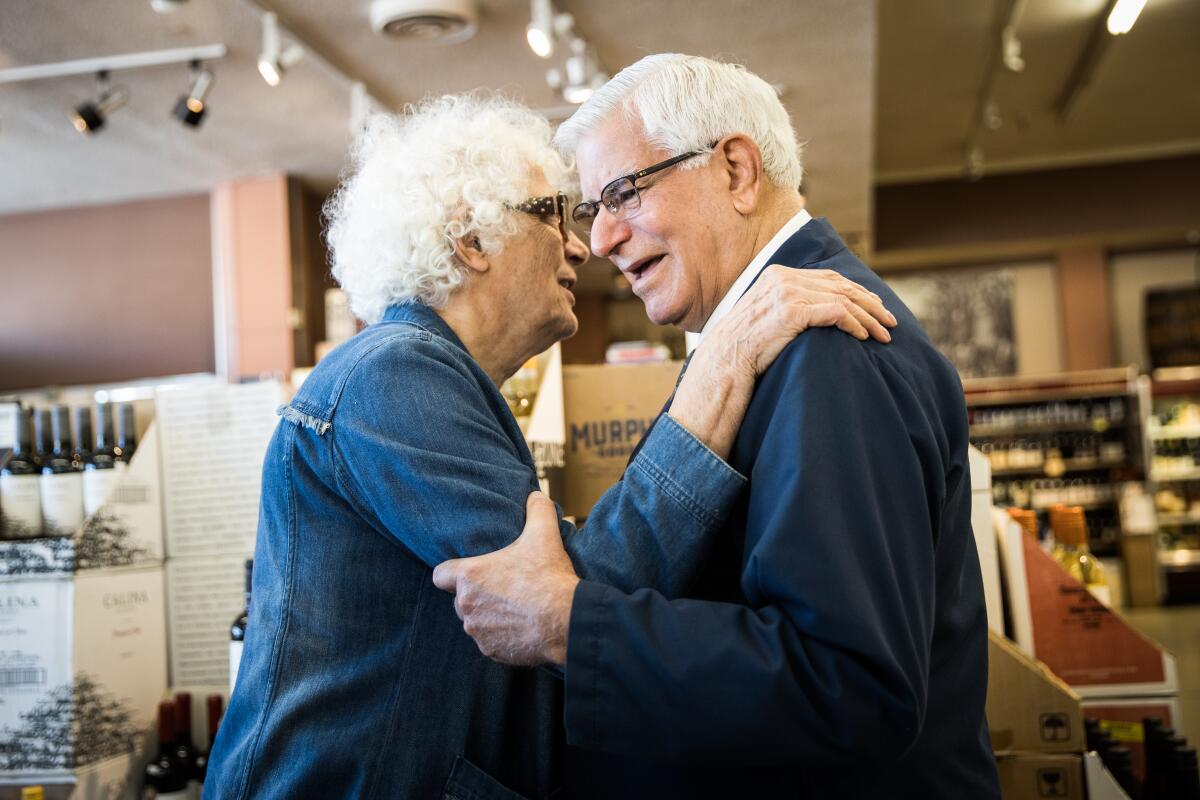
Outside his home base, Corti’s name resonates most among those who have watched California food evolve over the last five decades. They’re the only ones who can still trace the ripples that emanate from his influence into most every grocery store and high-end restaurant in the state.
He introduced chefs and wine lovers around the country to high-quality balsamic vinegar, Parmigiano Reggiano, white truffles, and Italian and Georgian wines, and helped a generation of California artisans produce olive oil and caviar as refined as anything they could import.
The anticlimactic pause that follows Corti’s “just a market” comment lasts only until the grocer unlocks a case in the wine section and ... is that dusty-shouldered bottle of Madeira really stamped 1898? It is, he confirms, then leads you across the store to show you the tiny bulbed bottles with which he awed Ruth Reichl in 1982: America’s first look at true aceto balsamico, made by reducing vinegar in progressively smaller barrels over the course of decades. Corti only calls it “aceto.” To him “balsamic vinegar,” the term the rest of us use, belongs to the mass-produced, sugared-up swill.
The Persian cucumbers are always a mob scene.
The tour, narrated in Corti’s scholarly diction, accelerates. Jars of Ligurian chinotti, tiny candied citrus fruits once served alongside espresso, come from the last known producer in Italy. They remind Corti of marmalade the store makes from his backyard chinotto and yuzu trees, and he rushes to show you — while passing Tide Pods and cans of Ocean Spray cranberry sauce, and stopping midsentence to realign a shelf. Next to the jam are boxes of nut-filled wafers made by a Czech immigrant in Sacramento whom Corti is exhorting not to retire. He zooms off toward a soy sauce that Kikkoman once reserved for the emperor.
At each stop comes a short lecture on the product’s origins. “Everything needs a story,” Corti says. “Otherwise there’s no there there.”
Most of his stories promise some new pleasure. (How good must an emperor’s soy sauce be?) Only after a series of them does an inner melancholy emerge. The culture that produced many of these foods has evaporated. The jar in your hand is the residue of a forgotten way of life.
::
Corti ducks any reflection on the scope of his career or his influence, as he does most details about his private life, hiding behind a wall of facts about the Cognac market of the 1970s or winemaking in the Republic of Georgia, which he helped introduce to California a decade ago. The scope of his knowledge is so broad and detailed that it’s impossible not to parrot food writer Russ Parsons’ comment “Before there was Google, there was Darrell” back to him. His body contracts as if it were an amoeba coming in contact with a drop of sulfuric acid. “It was a question of self-preservation,” he says. “If you’re going to sell something, you have to have something to sell.”
The oldest of Frank Corti’s four children, Darrell Corti has always been preternaturally fascinated with food history. At 9, he bought an Escoffier cookbook, poring over its recipes for rich sauces and dishes like “cuisses de nymphe a l’Aurore” (a.k.a. “frog’s legs in aspic”). In eighth grade, he says, he plagiarized food writer M.F.K. Fisher for a homework assignment.
In 1964, just one year out of college, Corti decided that his dream of becoming a professor of Romance languages didn’t match the reality of teaching Spanish. He joined the family business, which his father and uncle had founded in 1947, as Corti Brothers’ wine buyer.
That first set of Corti brothers, Frank and Gino, spoke both Genovese and English at home but had abandoned San Francisco’s crowded Italian enclave for the Sacramento middle class. Instead of letting their heritage dissolve into postwar suburbia, however, they opened a tiny Italian deli that grew into a full-service grocery.
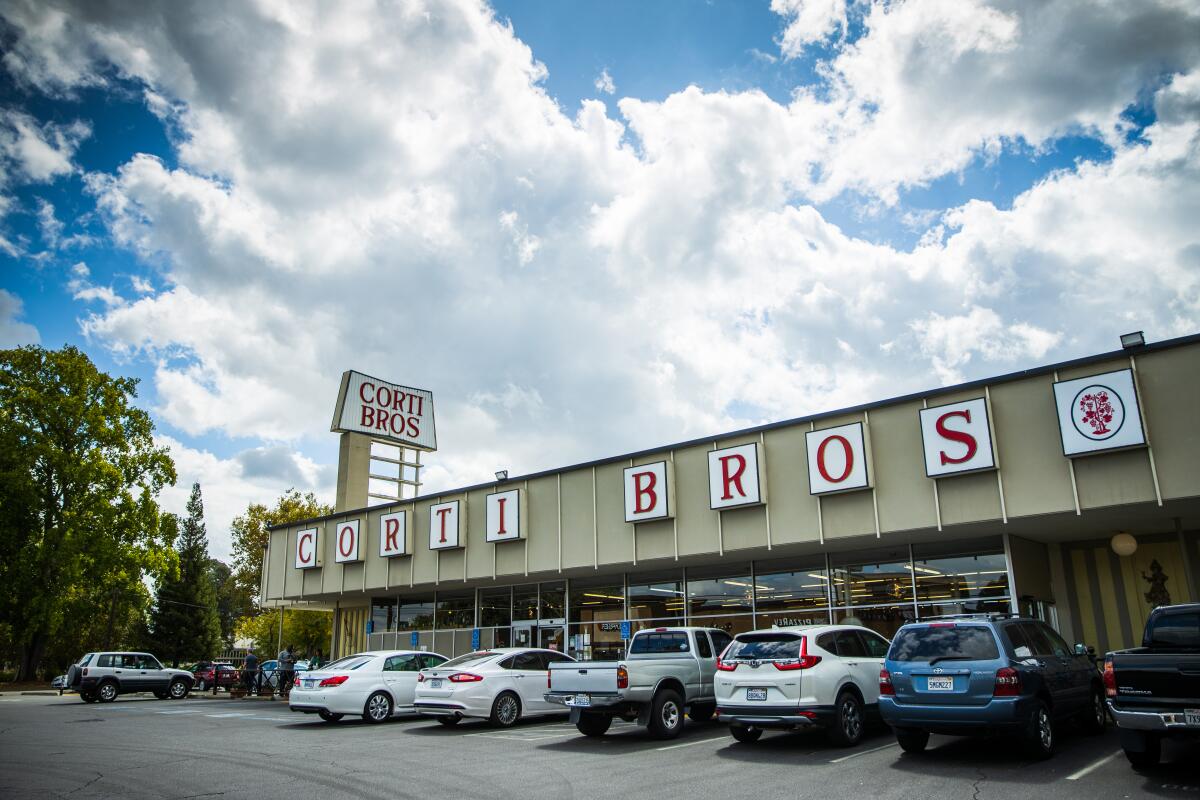
In Darrell’s first year on the job, the 22-year-old convinced his father to stock magnums of 1924 Chateau d’Yquem and the aged oloroso sherries he had fallen in love with during a study year in Madrid — and to travel to Europe regularly to import whatever he discovered.
“I had a very indulgent father. I could do pretty much what I wanted,” Corti says. With one rule: “If I bought something, I had to sell it.”
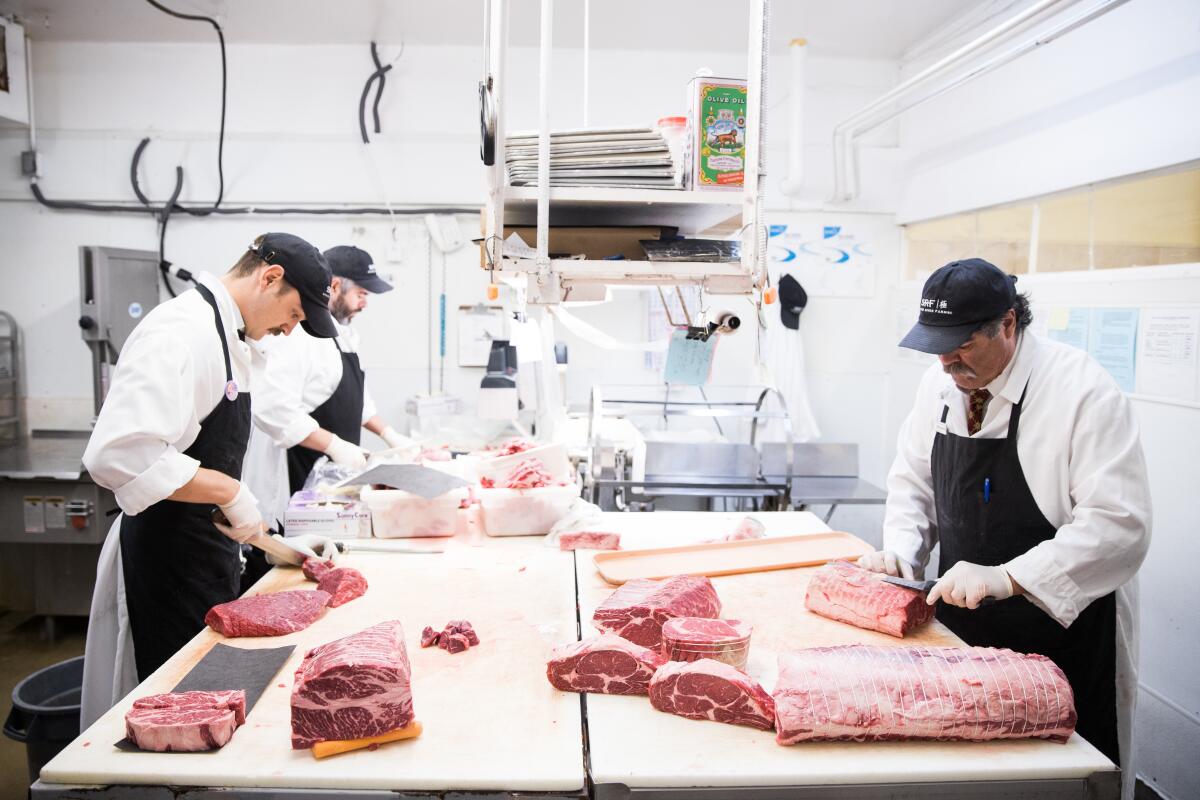
Sacramento wasn’t a big enough, or interested enough, market for such obscure luxuries, so Corti started a newsletter in 1965. At the publication’s peak, Corti Brothers sent out copies to 5,000 recipients around the country. That might not seem like much — but they were the right 5,000 people.
The newsletter gave him access to customers far beyond California’s capital. It also alerted the state’s food and wine obsessives that a young savant had acquired rarities they had never heard of. Les Amis du Vin in Los Angeles invited Corti down to give lectures. Collectors called Corti Brothers up in search of very old Madeiras.
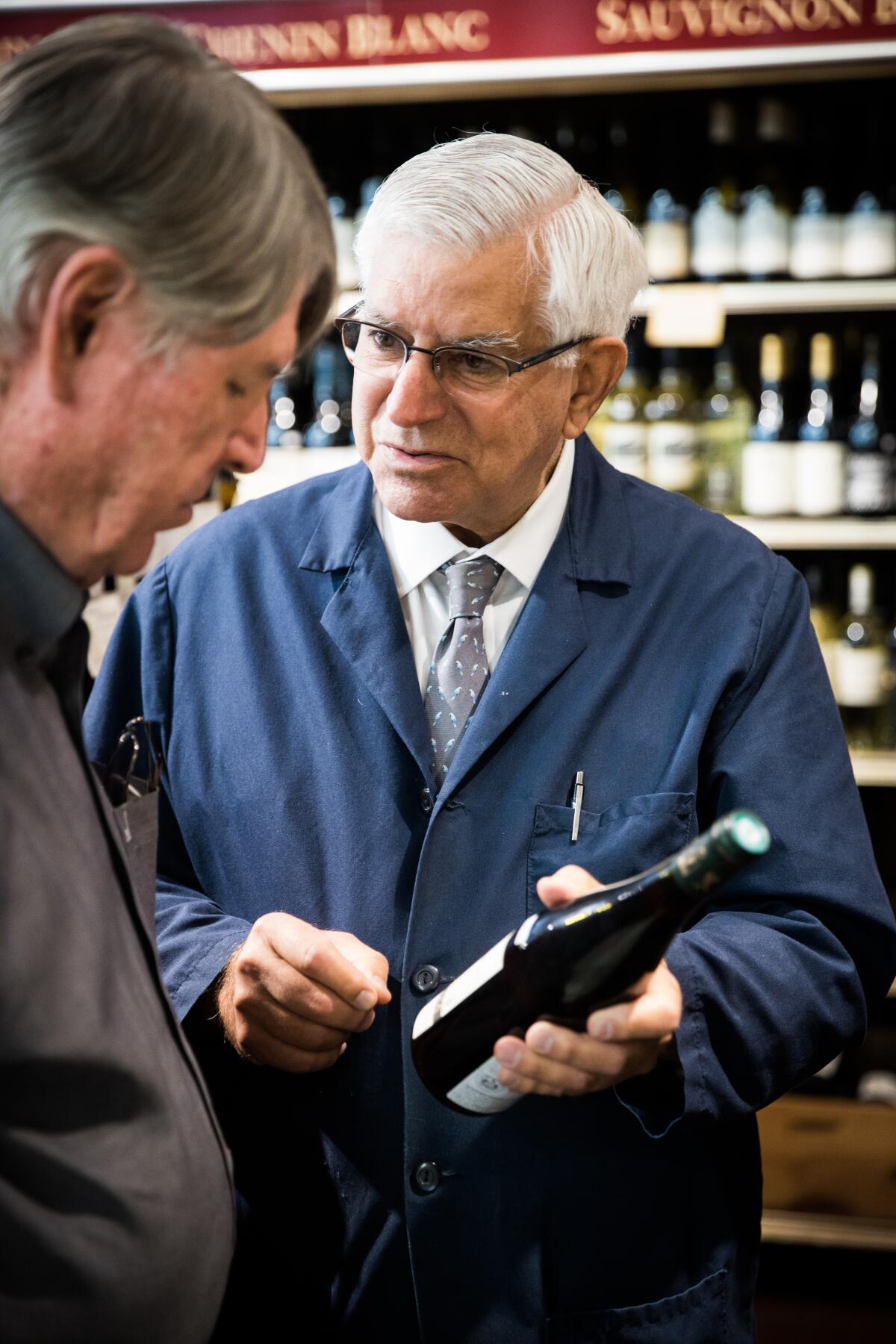
His eye wasn’t just trained on European rarities but the new California wine. Corti was one of the first retailers to buy wines from Ridge, Schramsberg and Caymus, all legends 50 years on. In 1970 he was importing Italian varietals that might still catch the attention of modern-day sommeliers and trumpeting a new winery in Washington state, of all places, called Ste. Michelle.
After encountering old-growth Zinfandel vineyards in Amador County, Corti became the then-unknown region’s booster, bringing it to the attention of winemakers and oenophiles all over. An even bigger discovery would dominate convenience-store shelves for decades to come. Under Corti’s influence, Bob Trinchero, winemaker at Sutter Home, had been bottling Amador Zinfandels and pressing some of the grapes into blush wine. In 1978, Sutter Home’s White Zinfandel emerged from fermentation far sweeter than Trinchero intended. Corti convinced Sutter Home that his store could sell it. Tens of millions of 1980s party throwers agreed.
Corti’s newsletter increasingly focused on foods and stories from his scouting trips to Europe. “It seems hard to believe today, but it wasn’t that long ago that Parmigiano, prosciutto, high-quality olive oils — products you can now find in almost every grocery store — were sought-after exotics,” Parsons, a former L.A. Times Food editor and Corti Brothers fan since the 1980s, said in an email.
Corti shipped aged Parmesan down to Valentino in Santa Monica via Greyhound and secured Spanish olive oil for Square One in San Francisco. And he caught the attention of a cadre of young chefs and food writers across the state, including Reichl, Andrews, Alice Waters and Jeremiah Tower, who were creating a new narrative around California cuisine, one that transposed a hitchhiker’s nostalgia for sleepy Provençal bistros and Tuscan grandmas onto a counterculture-fueled fidelity to local organic farms.
Everything needs a story. Otherwise there’s no there there.
— Darrell Corti
In the early 1970s, Corti would make the 90-minute commute to Berkeley four nights a week to dine at Chez Panisse, which had opened in 1971. In 1975, when Gourmet published an article that made Waters and Tower celebrities, Corti says it was the end of his ability to eat there regularly.
“I told the man I live with to order from a florist the most funereal wreath possible,” he says. They added a card: “To my dear friends: Congratulations on having read your obituary in Gourmet magazine.” (Chez Panisse hosted Corti’s 75th birthday party in 2017, and in the video of the event, Corti nudges Waters away from the blini she’s plating to show her how to dollop caviar onto them. Smiling indulgently, she hands over the spoon.)
“He’d tell you what you wanted was wrong, what was better, and what you should use,” says Joyce Goldstein, chef-owner of the now-closed Square One in San Francisco. At a time when most Americans she encountered had never tasted the foods of Italy, Greece and Israel she was serving, she found in Corti a palate she could trust. “I’m sure he puts off people, but he’s so brilliant that you want to hear what he has to say.”

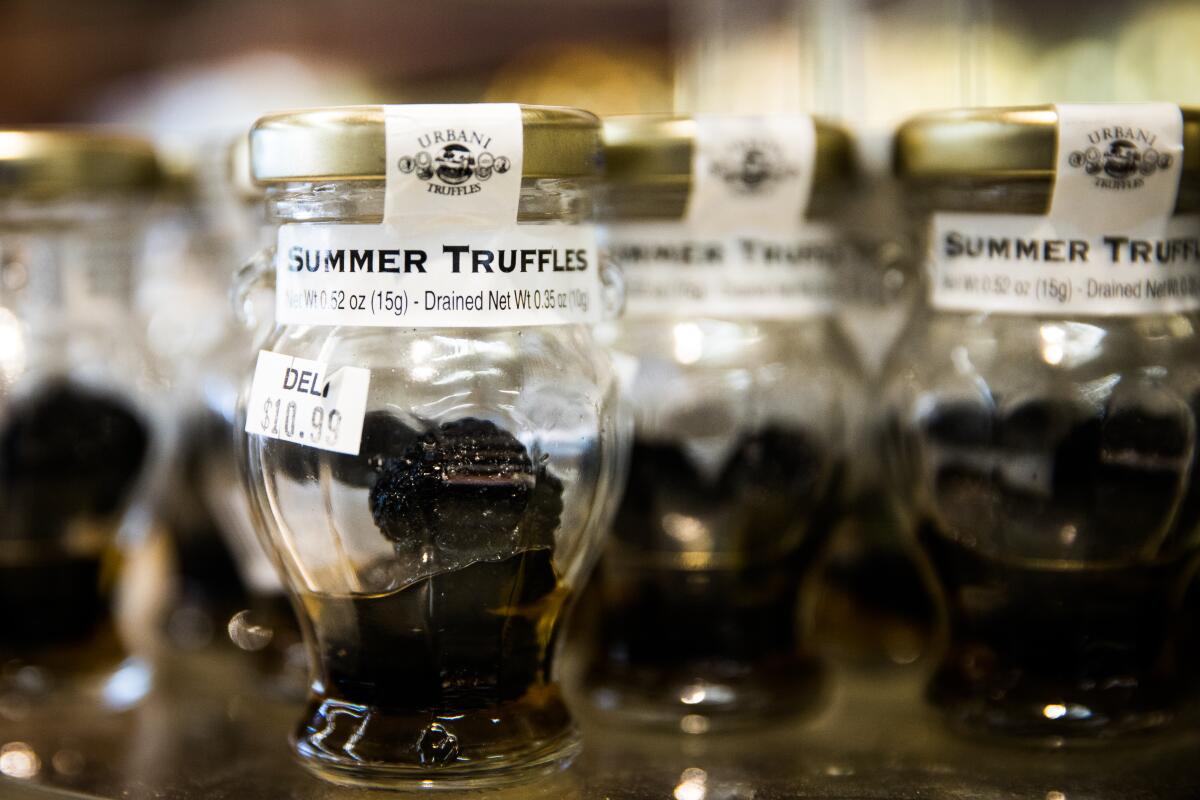
Corti’s family market became one of the prime sources for the staples of California-Mediterranean food, and in 1985, he began making regular trips to Japan and Hong Kong as well, always collecting and studying. In the 1970s through the 1990s, his taste, as well as his erudition and inability to keep his opinions to himself, also made him a barometer for California cheesemakers and other artisanal food producers trying to emulate traditional European and Asian methods.
“His main role as far as olive oil, cheese and other California food products go has been a combination of discovering and encouraging and popularizing,” Andrews says.
The California wine world has continued to be shaped by his tastes. In 2007, the Sacramento Bee reported on Corti’s decision to stop carrying wines whose alcohol content was higher than 14.5%, which he found overbearing and boring. The article ignited a debate that spiraled into the hyperbolic, and big-Cab proponent Robert Parker, at the time the world’s most famous wine critic, called Corti’s decision “appallingly stupid.” (“People can write whatever they want to,” Corti now says. “It’s my store.”) Within a few years, groups like In Pursuit of Balance formed to promote lower-alcohol, less bombastic winemaking.
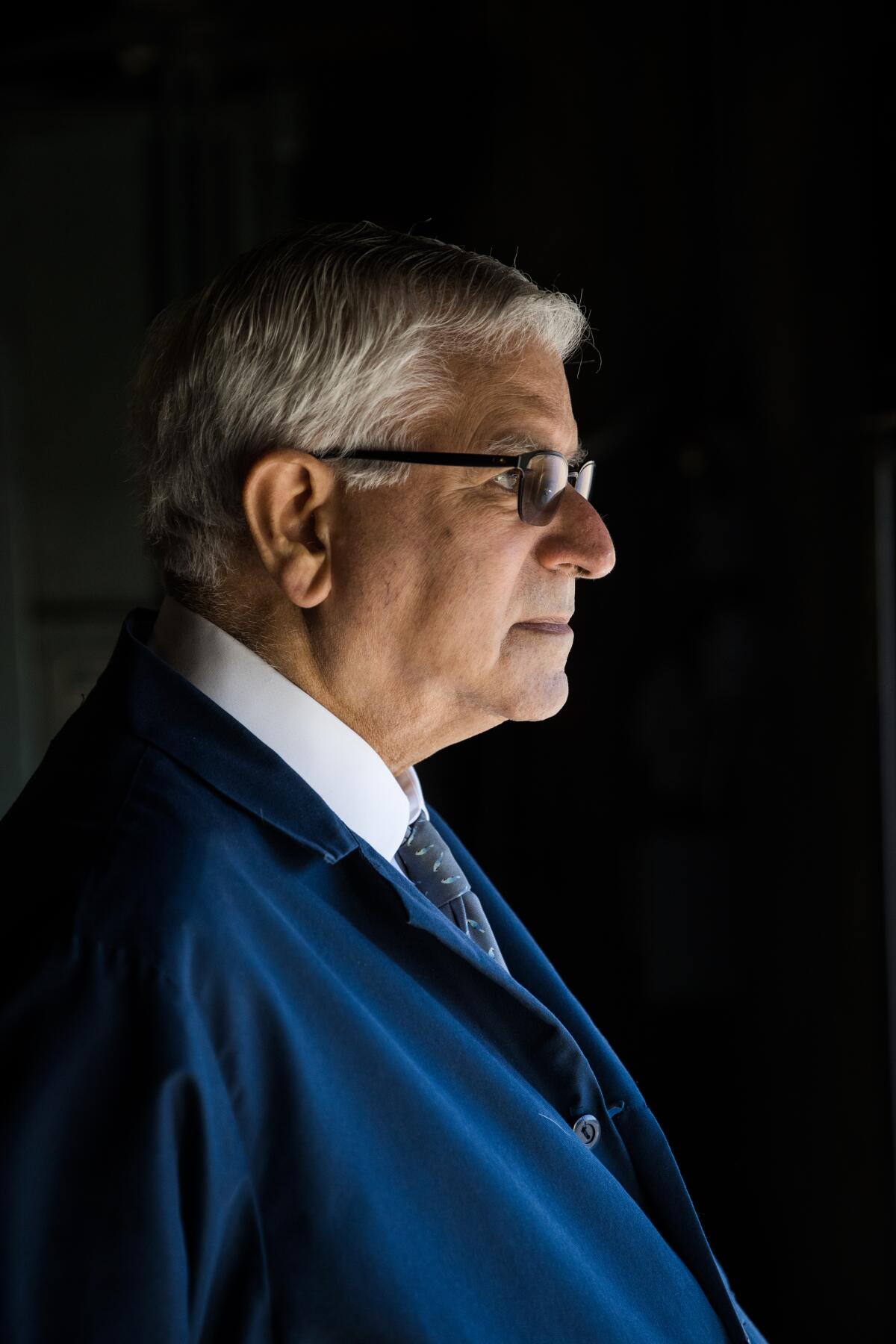
Since the 1960s, Corti Brothers has built an entire apparatus to let Darrell do Darrell. His father and uncle ran the store until the early 1990s, when his sister Illa and her husband, Allan Darrah, stepped in. After Illa’s death in 2005, Darrah has continued to manage the finances while a cadre of longtime employees — most notably store director Rick Mindermann, who has been with the company for 41 years — manage the staffing and day-to-day logistics.
“For the future of Corti Brothers, we need to cement his legacy, and the way you cement his legacy is audio and visual,” Mindermann says.
In his role as Corti’s fixer, Mindermann coaxes his boss to accept invitations to speak, coaches journalists on how to charm his boss (Tip 1: Ignore Corti when he protests that he isn’t worth interviewing), posts hundreds of videos on YouTube, and communicates with the 2,000 followers in the “Darrell Corti Will Always Know More Than You About Food and Wine” Facebook group, started by a former employee.
Corti still travels several weeks a year, though his last trip to Asia took a toll on his health. So many of the foods that companies now pitch him, Corti says, are superfluous (he used a more colorful word). A jar of coffee salt currently languishes on his desk. What would you ever cook with coffee salt? he wonders. It has no history. No story.
“Why would anyone want to create a product just for the sake of making something new?” he asks.
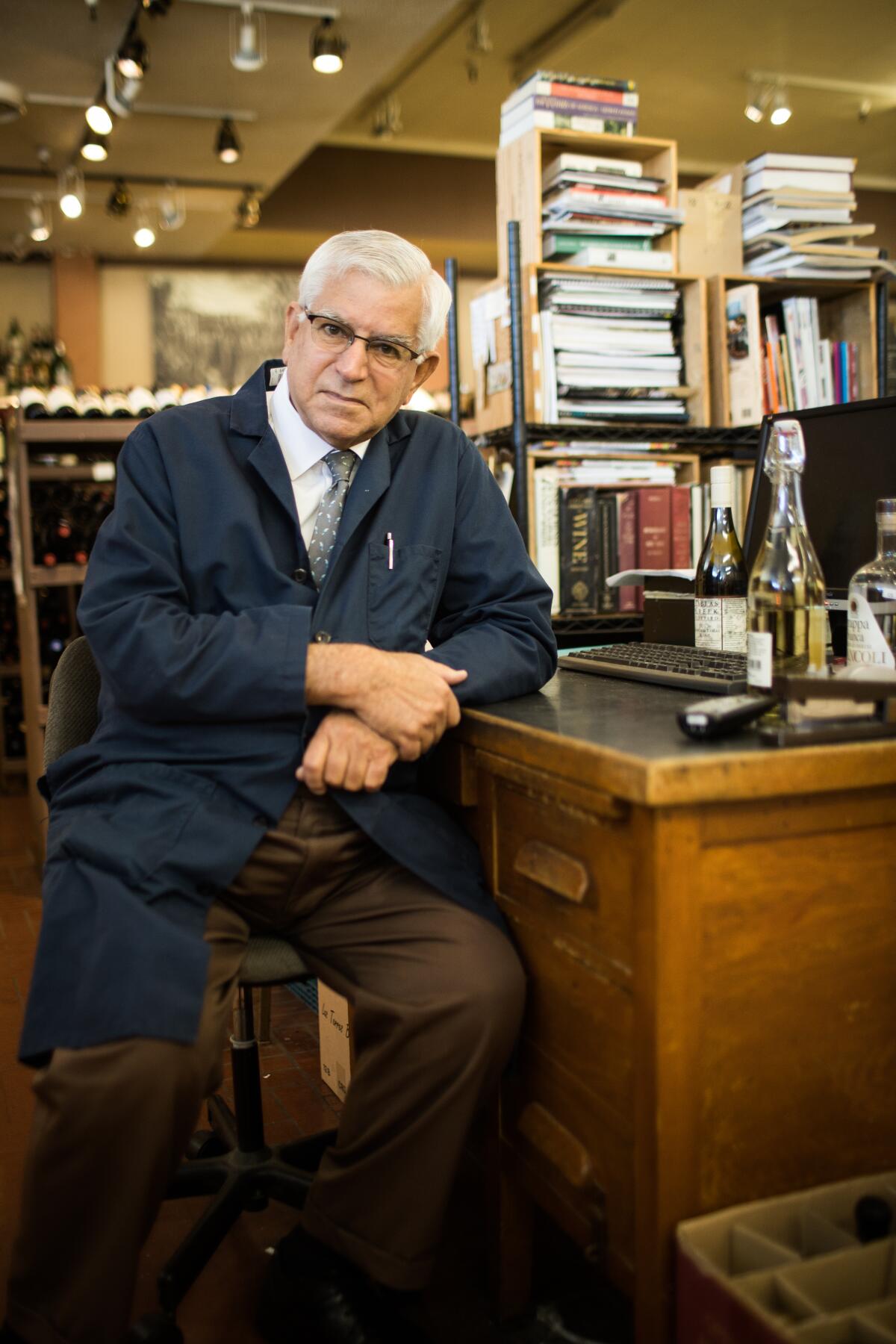
Instead, Corti talks enthusiastically about the 10-year-old Shaoxing wine he’s trying to import from a producer he met in China the month before. It’s of an age and quality, he claims, that is nearly impossible to find here. Then there’s the Vinn Distillery baijiu he gushed over in his latest newsletter, distilled by a Vietnamese Chinese family in Oregon who re-created a family recipe. “It’s really quite good,” he says, Corti-speak for exceptional.
How’d a 77-year-old Sacramento grocer come across baijiu from Oregon? The Google of food issues a sly smile. An article in the online publication Gastro Obscura, he confesses. “I look at the internet.”
More to Read
Eat your way across L.A.
Get our weekly Tasting Notes newsletter for reviews, news and more.
You may occasionally receive promotional content from the Los Angeles Times.
